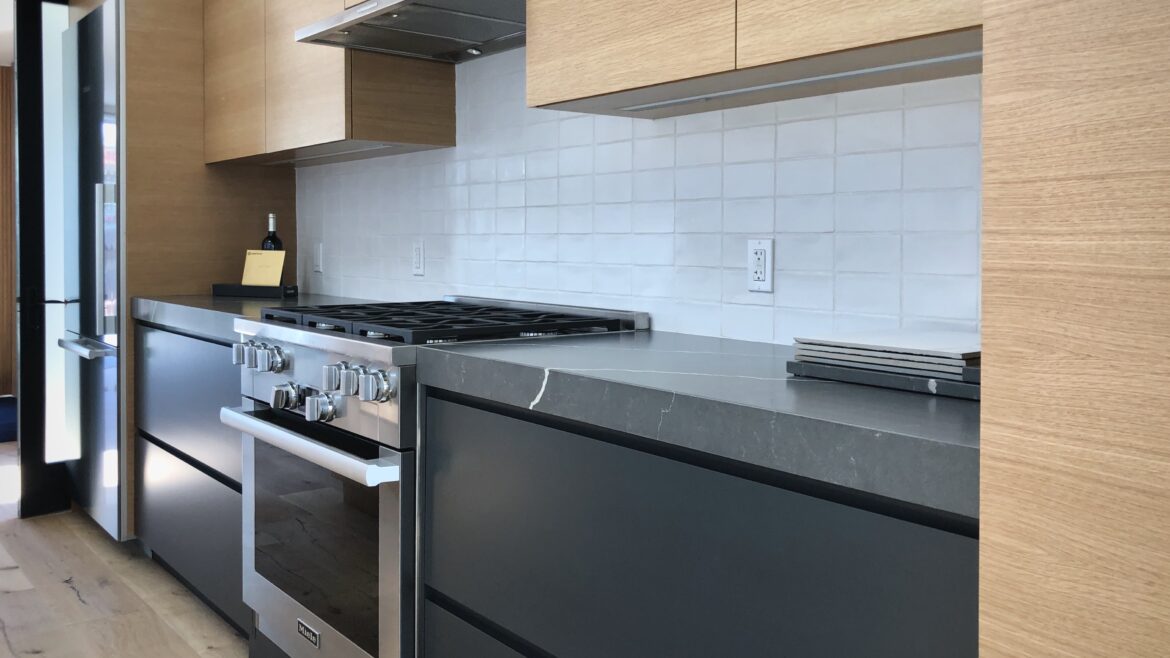As a general contractor, we know the importance of finding a qualified team to work on your investment project. Not only is it about the quality of work, but the ease of mind that they will complete your project professionally and timely. In addition, the effort you put at the beginning of your search and selection will allow you to establish expectations of the work performed and translate to a smooth-going (or as close it can be) process once they begin.
Here are ten (10) ways to tell if your contractor is a qualified general contractor:
1. Ask for their complete list of documentation
-
- Date of license issue and expiration
- If your contractor is unlicensed, the risk for problems goes up
- Bonding information
- Details on their insurance
- Worker’s compensation for their employees
- Liability Insurance
- Date of license issue and expiration
2. Review their resume
-
- Legal name, Business address, city, zip code, phone number
- Entity type
- How long they’ve been in business
- Financial stability of their business and relationship to your bank
- Credit standing with suppliers
3. Verify their business and contractor’s license through your state
4. Request professional references and ask:
-
- Do they begin and end on schedule?
- Was the number of people employed acceptable for the size and scope of the project?
- Does the work successfully pass inspections?
- How responsive is the contractor to problems?
- Is the contractor readily available via phone, email, or text?
5. Review their portfolio of work
-
- The quality of their photography tells a story of their value
6. Ask to visit one of their current projects to see if they:
-
- Maintain a stable and reliable crew of workers
- Execute their craft in a skillful and professional way
- Provide adequate site supervision
- Cooperate reasonably with other trade
- Use materials efficiently and effectively
- Keep the job site clean and safe
7. Check their workers’ compensation and commercial general liability insurance coverage
-
- In California, if a contractor has employees, they are required to carry worker’s compensation insurance. If a worker is injured on your property and does not have worker’s compensation, you could be financially responsible.
- Commercial general liability insurance is not required in the state of California; however, it covers damage to your property. If the contractor does not have general liability insurance, they should be transparent with you in the case of damages or losses.
8. Contact the Better Business Bureau
-
- Have complaints been filed against them?
9. Ask for their standard contracts to review. Never sign a blank, legal contract. To list a few:
-
- Total Contract Price and Terms of Payment
- Change Order practices
- Owner and Contractor Agreement
- Conflict Resolution and Termination
- Contractor’s Mark-Up on Labor and Materials
10. Verify their contractor bond
-
- The state of California requires contractors to have a license bond of $15,000. It covers any project the contractor agrees to perform. Please note: it may not be enough to cover if your project is worth more than the value of the bond.
- Learn more about bonds here.
We welcome you to confirm our qualifications. We will provide all of the necessary documents to ensure you’re working with an incredible team that puts care and attention into your investment project.
Starting your project soon and sourcing qualified contractors? Contact us today!


